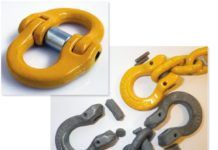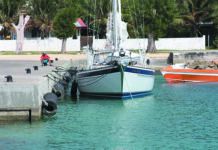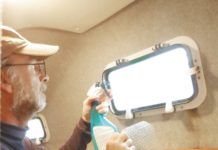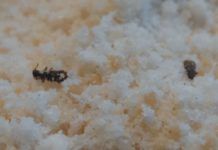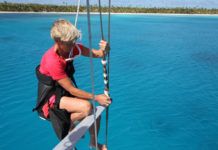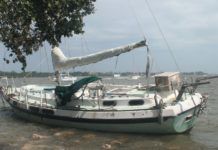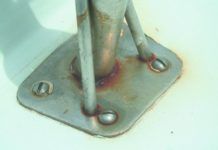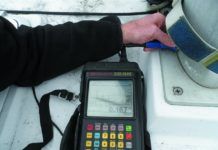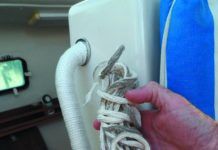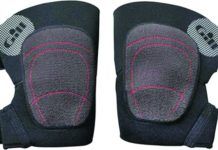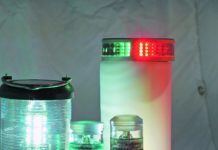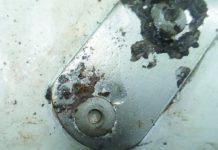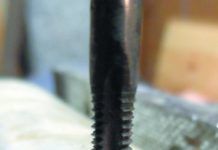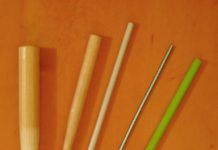Fixing the Storm-Damaged Boat
With $655 million dollars marine vessel insurance claims from the 2017 hurricanes Harvey and Irma, there is no shortage of broken boats accumulating in salvage yards. The nations three big damaged boat liquidators - Certified Sales, Cooper Capital and U.S. Auctions are gradually thinning out their listings from Irma and Harvey, but Florence will surely bring a new crop. But just how salvageable are these boats?
Welds on Your Boat Require Special Care
The irregular shape of welds makes them difficult to inspect using ultrasound technology. Visual inspections can also be deceiving-especially with new welds. The prettiest bead can have internal voids and poor fusion. After a while, that pretty bead will begin to bloom with corrosion and cracks.
DIY Materials Testing
While many potential failures are easy to spot, some flaws are hidden under paint or within the structure, or are so small that a routine visual inspection wont pick them up. Standing rigging, hulls, decks and hardware fittings are the most common places where hidden structural weaknesses can lead to big repair bills, or even loss of life.
Wrapping Stainless Steel for Better Grip
The very first project tackled on my new-to-me catamaran a decade ago was to wrap the helm wheel with line. Our delivery trip home took place in late December on the Chesapeake Bay, and I didnt want to spend the next three days with an icy stainless steel wheel sucking all of the heat from my fingers. Instead, I spent a productive hour before dinner wrapping the wheel with line.
Best Sailing Gear of 2018
Each autumn, Practical Sailors staff reviews the Best Choice winners from the previous 12 months of gear tests and selects 10 to 15 products that stood out above the rest. This year, the bulk of our testing focused on trouble-shooting failed safety gear, challenging traditional lore, and seeking out inexpensive do-it-yourself solutions to common problems. Our testers looked into everything from unconventional approaches to sail repair to the best option for marine air conditioning.
Coast Guard Seeks LED Input
Back in 2010, Practical Sailor and others raised the alert that a conversion to LED navigation lights can have some unintended consequences, including distorted color shifts. And weve long been concerned about LED lights, both interior and exterior, interfering with VHF and AIS radio transmissions.
Inspecting Rivets and Screws for Trouble
One of the interesting conclusions from our testing was the surprising strength among all of the test fasteners when loaded in the shear. Even old fasteners, as old as 20 years or more, can continue to offer good service in small spars if maintained reasonably well and engineered with an adequate safety margin.
How to Tap and Rivet Into A Sailboat Spar
Single taps cost about $15, though you will need a handle. A small set (#8 through -inch) sells for about $60. Carbon steel taps are fine for aluminum. High speed steel is required for stainless steel. Chose starting taps for typical through-threading work. Taper and bottoming taps are used sequentially for blind holes and are harder to start.
Deft Theft: Make & Find Your Own Marine Gear
With more time than money on our hands, the sailors innate resourcefulness kicks in. Here are a just some of the penny-pinching projects tech editor Drew Frye has undertaken to improve his sailing life.
The Penny-Pinching PhD Sailor
A key principle, at least from my perspective as an engineer, is knowing your boat. In 30 years of boat ownership, Ive only used contractor services for major sail work, new canvas (only because Ive never taken the time to learn), and hauling out. As a result, I know my boat inside out; thats a good feeling, an important part of seamanship, a blessing when something goes bust on a cruise, and a big help when time is available but funds are thin.











